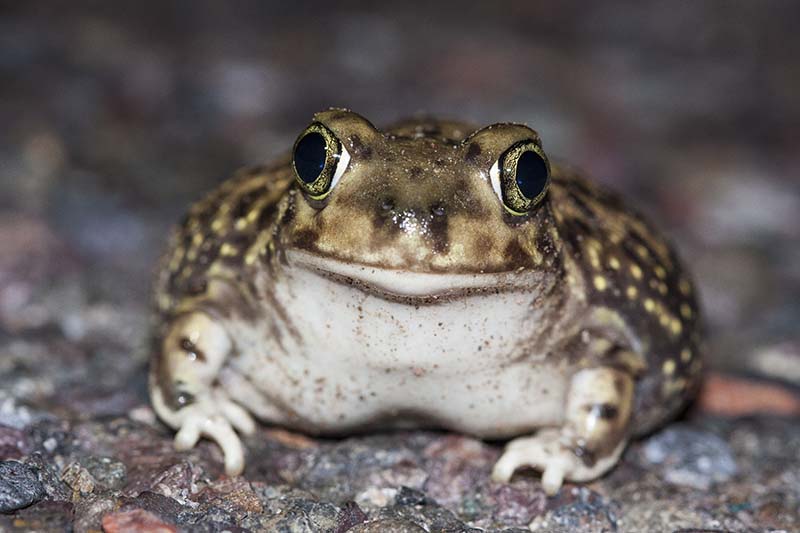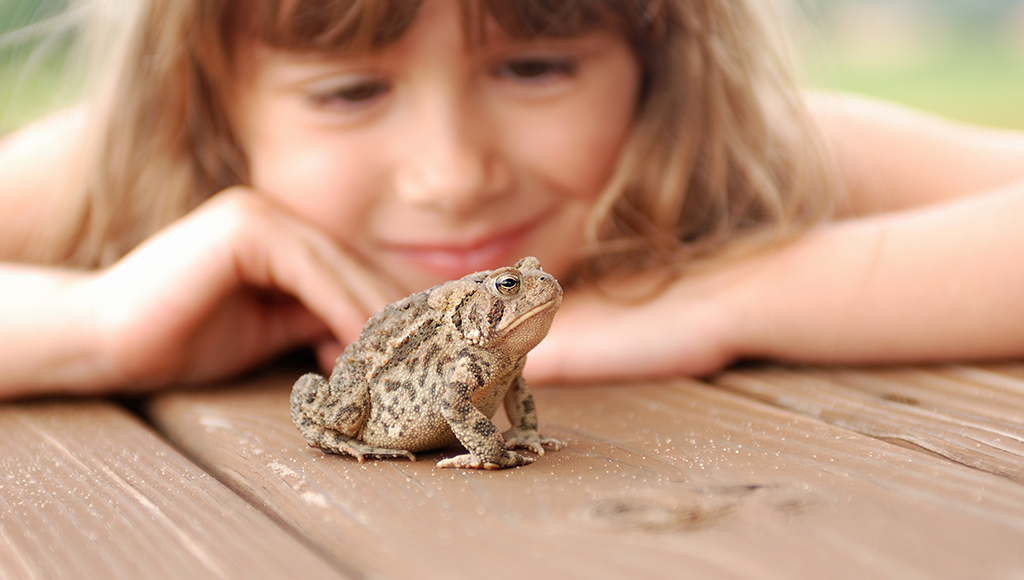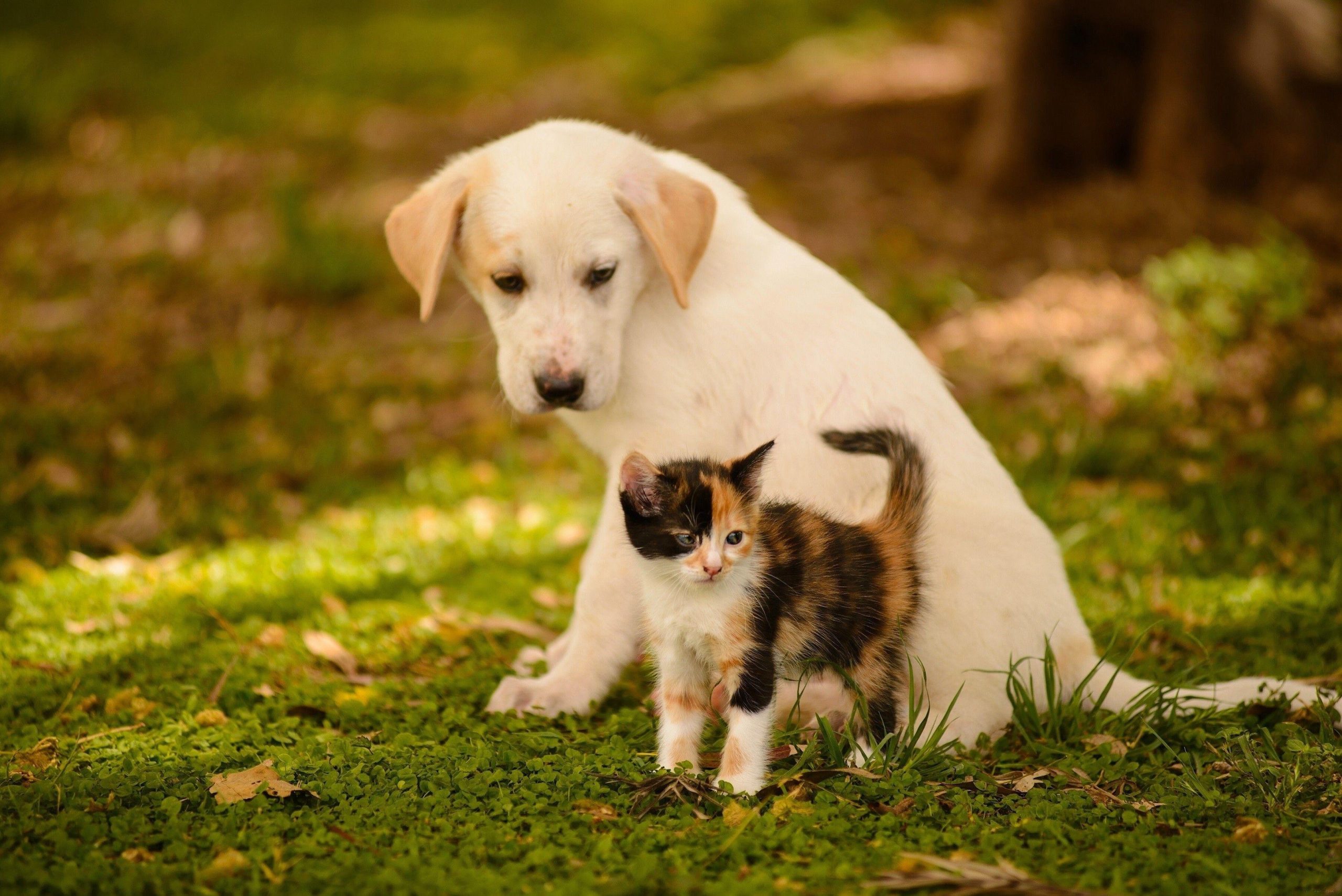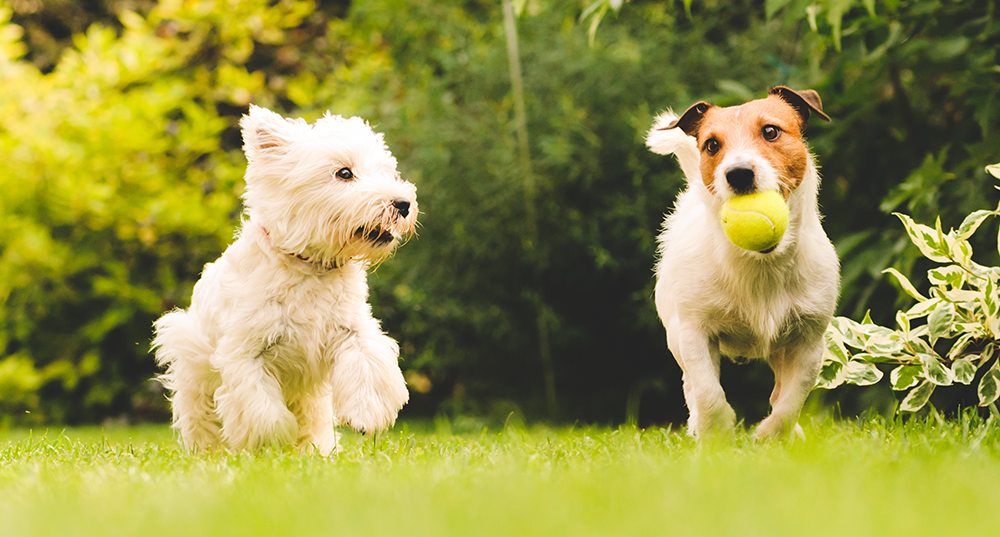I. Introduction
In the realm of exotic pets, amphibians often captivate individuals with their unique characteristics and intriguing behaviors. Among these fascinating creatures, toads stand out as remarkable animals, renowned for their warty skin, powerful legs, and nocturnal habits. Often overlooked in favor of their more colorful and charismatic amphibian cousins, frogs, toads possess a distinct charm and appeal that make them rewarding companions for those seeking an unconventional pet.
II. Unraveling the Enthralling Nature of Toads
Toads belong to the order Anura, a diverse group of amphibians that includes over 5,000 species worldwide. These hardy creatures are found in a variety of habitats, from tropical rainforests to arid deserts, demonstrating their remarkable adaptability. Toads are distinguished by their warty skin, which plays a crucial role in water absorption and protection from predators. Their powerful legs enable them to jump great distances, while their specialized eyes allow them to see well in low-light conditions.
Beyond their physical attributes, toads exhibit captivating behaviors that reveal their intricate connection to their environment. As nocturnal creatures, they emerge at night to hunt for prey, primarily insects. Toads communicate through a variety of vocalizations, including calls, trills, and chirps, which they use to attract mates, defend their territories, and express their moods. Their unique adaptations, such as their ability to absorb water through their skin and their use of poison glands to deter predators, highlight their remarkable resilience and survival strategies.
III. Considering a Toad as a Companion: A Comprehensive Assessment
Before welcoming a toad into your home, it is crucial to carefully consider the suitability of these extraordinary creatures as pets. Toads are not domesticated animals, and they retain their wild instincts. They are solitary creatures that do not require constant interaction or attention. Additionally, their nocturnal habits may not align with the lifestyles of all pet owners.
Ethical considerations surrounding toad ownership should not be underestimated. Ensure that your toad is sourced from a reputable breeder or rescue organization to prevent the illegal pet trade and support responsible breeding practices. Research local regulations regarding toad ownership to ensure compliance.
The financial commitment required for toad care should not be overlooked. Spacious enclosures, specialized diets, and veterinary care can add up to significant expenses. Be prepared to invest in the long-term well-being of your toad companion.
IV. Preparing a Home for Your Toad Companion
Creating a stimulating and spacious indoor enclosure is essential for your toad’s physical and mental well-being. The enclosure should mimic the toad’s natural habitat, providing ample space for movement, perching, and hiding. A substrate that promotes moisture and drainage, such as a mixture of coconut fiber and sphagnum moss, is crucial for their health.
Proper lighting, humidity, and temperature control are essential for maintaining your toad’s health and well-being. Use a low-wattage red light at night to simulate moonlight, as toads are sensitive to bright lights. Humidity levels should be maintained around 50-60%, and the temperature should range between 70-80 degrees Fahrenheit.
V. Nurturing a Bond with Your Toad Companion
Respecting your toad’s nocturnal nature is essential for building a harmonious relationship. Handle your toad gently and with care, avoiding sudden movements or loud noises. Allow your toad time to adjust to your presence and avoid forcing interaction.
Learning to interpret your toad’s body language and vocalizations is key to understanding its needs and moods. A relaxed toad will typically sit with its legs tucked under its body, while an agitated toad may puff itself up or make defensive sounds. Observe your toad’s behavior closely to identify signs of stress or discomfort.
VI. Maintaining the Well-being of Your Toad Companion
Establishing a regular feeding schedule with a varied diet of appropriate insects and supplements is essential for your toad’s health. Live insects, such as crickets, mealworms, and earthworms, provide the necessary nutrients for growth and development. Consult with an experienced reptile veterinarian to determine the specific dietary needs of your toad species.
Provide fresh, clean water at all times, ensuring proper hydration. A shallow water dish is ideal, allowing your toad to soak and replenish its fluids. Monitor the water quality regularly and change it as needed.
Regularly inspect your toad for signs of illness, such as lethargy, loss of appetite, or unusual skin lesions. If you notice any concerns, consult with an experienced reptile veterinarian promptly. Early diagnosis and treatment can improve the chances of a successful recovery.
VII. Toads and the Wider World: Conservation and Environmental Considerations
Toads play a vital role in their ecosystems, acting as natural pest controllers and contributing to nutrient cycling. However, several toad species face conservation threats due to habitat loss, pollution, and the illegal pet trade.
Responsible pet ownership includes supporting conservation efforts. Choose toads from reputable sources that prioritize ethical breeding practices and contribute to conservation initiatives. Educate others about the importance of toad conservation and encourage responsible pet ownership practices. By understanding the threats to toad populations, we can advocate for their protection and ensure their continued existence in the wild.
VIII. Additional Considerations
Toads hold cultural significance in various societies. In some cultures, they are symbols of good luck, fertility, and transformation. Exploring the diverse cultural interpretations of toads can deepen our appreciation for these fascinating creatures.
The introduction of toads as pets can potentially impact local ecosystems if they escape or are released into the wild. Be aware of the potential risks and ensure your toad is not a threat to native wildlife. Responsible pet ownership requires considering the wider environmental impact of our choices.
IX. Conclusion
Toads, with their unique appearance, captivating behaviors, and ecological importance, offer a rewarding, yet unconventional, pet experience. However, welcoming them into your home requires a commitment to providing them with the care, attention, and respect they deserve. Responsible pet ownership means understanding their needs, creating a stimulating environment, and prioritizing their well-being.
X. Future Perspectives in Toad Care and Conservation
Advancements in toad nutrition and healthcare are constantly evolving. Research into their dietary needs and potential health concerns can improve their overall lifespan and well-being in captivity. Additionally, technological advancements may offer new tools for monitoring toad behavior and health, allowing for more personalized care and a deeper understanding of these fascinating creatures.
The future of toad conservation also holds promise. Educational programs and public awareness campaigns can promote responsible toad ownership and encourage support for conservation initiatives. Collaborations between breeders, veterinarians, and conservation organizations can pave the way for a future where toads thrive both in their natural habitats and as cherished companions in our homes.
XI. Toads: Ambassadors of the Wild in Our Homes
Toads, for centuries, have captivated human imagination with their unique characteristics and ecological roles. As we contemplate welcoming them into our lives, it is crucial to approach their care with a sense of responsibility, respect, and a deep appreciation for their wild nature. By understanding their needs, providing them with a stimulating environment, and supporting conservation efforts, we can ensure that toads continue to grace our homes as cherished companions and ambassadors of the wild world.
Remember, toads are not simply pets; they are fascinating amphibians with a vital role to play in the delicate balance of our ecosystems. By choosing responsible ownership and prioritizing their well-being, we can forge a lasting bond with these remarkable creatures and contribute to the preservation of their beauty and wonder for generations to come.







